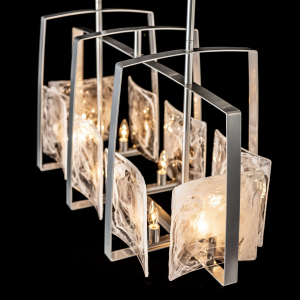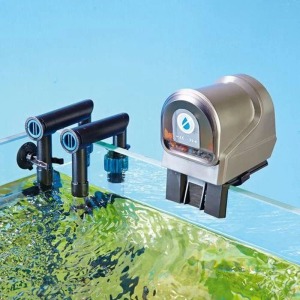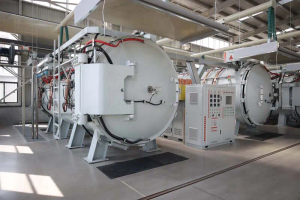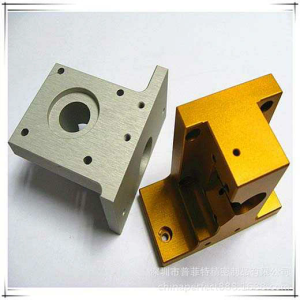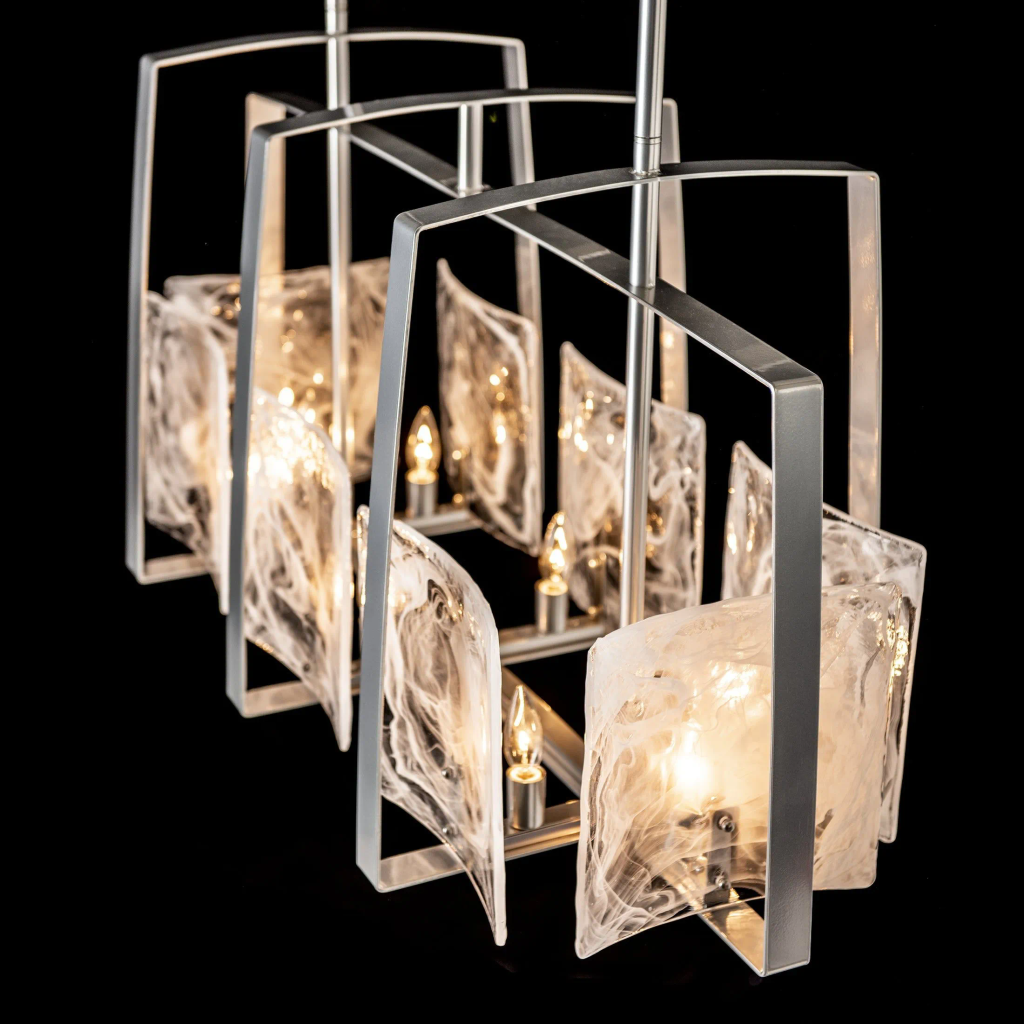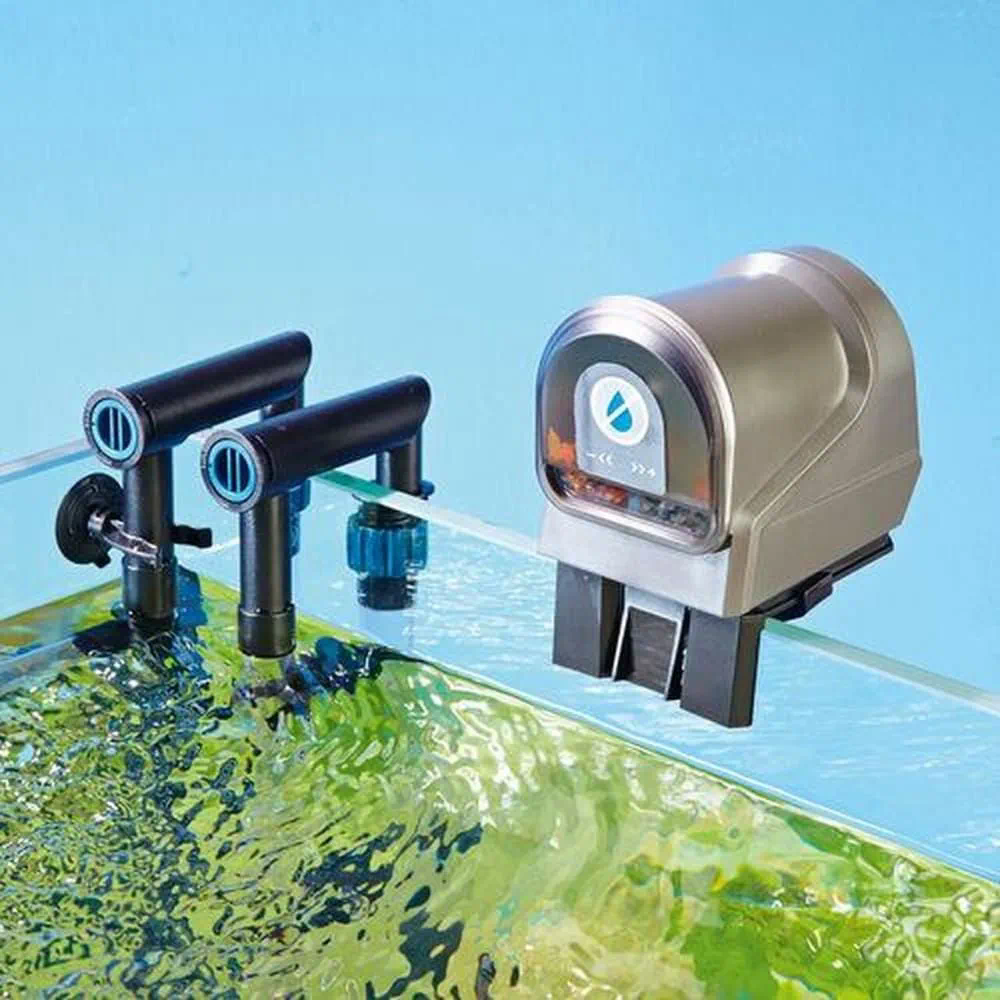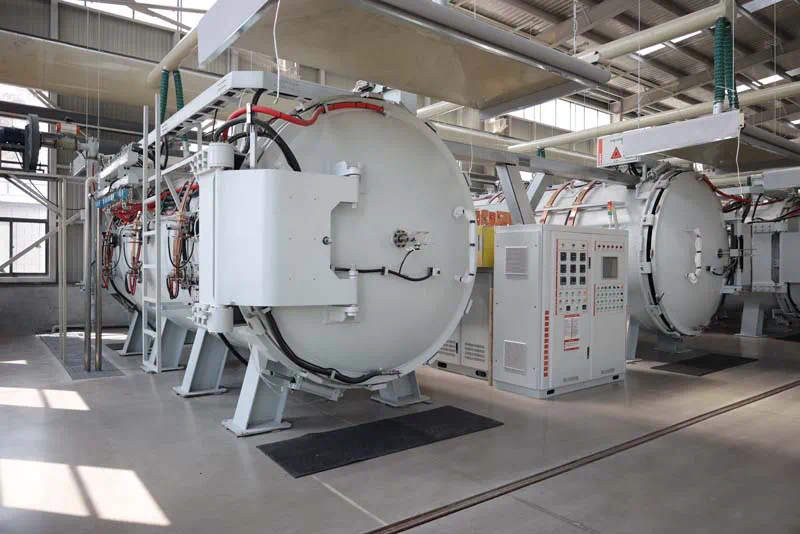Silicon Carbide: Revolutionizing High-Temperature Furnace Materials
Silicon carbide (SiC) has emerged as a crucial material in the realm of high-temperature furnace applications due to its exceptional properties and versatile applications across various industries. From its origins in the early 20th century as an abrasive material to its current status as a cutting-edge component in advanced furnace designs, silicon carbide continues to redefine the capabilities of materials science. This article explores the multifaceted role of silicon carbide in high-temperature furnace materials, delving into its properties, applications, and future prospects.
Properties of Silicon Carbide
Silicon carbide is renowned for its unique combination of physical and chemical properties that make it highly suitable for high-temperature applications:
1. High Thermal Conductivity
One of the standout features of silicon carbide is its exceptional thermal conductivity, which surpasses that of most metals. This property allows for efficient heat transfer within furnace components, enabling precise temperature control and uniform heating profiles.
2. Extreme Hardness and Wear Resistance
As one of the hardest materials known, silicon carbide exhibits outstanding resistance to mechanical wear and abrasion. This property ensures prolonged service life and reliability in furnace components subjected to harsh operating conditions.
3. Chemical Inertness
Silicon carbide is inert to most chemical environments, including corrosive gases and molten metals. This corrosion resistance makes it ideal for use in environments where chemical stability is paramount, such as in semiconductor manufacturing and metal processing.
4. High Thermal Stability
Even at elevated temperatures exceeding 2000°C, silicon carbide maintains its structural integrity and mechanical strength. This thermal stability is crucial for maintaining operational reliability and longevity in high-temperature furnace applications.
Applications in High-Temperature Furnaces
Silicon carbide finds widespread application in various components within high-temperature furnaces, contributing to enhanced performance and efficiency:
1. Heating Elements
Silicon carbide heating elements are integral to electric furnaces used in heat treatment processes such as sintering, brazing, and annealing. These elements operate at temperatures up to 1600°C, offering rapid heating and precise temperature control essential for industrial processes.
2. Crucibles and Refractory Linings
Crucibles and refractory linings made from silicon carbide withstand extreme temperatures and thermal shocks encountered in metal smelting and glass manufacturing. These materials ensure containment of molten metals and corrosive liquids without degradation.
3. Thermocouple Protection Tubes
In high-temperature environments, silicon carbide thermocouple protection tubes shield temperature sensors from chemical attack and mechanical wear. This protection extends the lifespan and accuracy of thermocouples used for temperature monitoring and control.
4. Structural Components
Silicon carbide’s combination of high strength and thermal stability makes it suitable for structural components in furnaces, such as radiant tubes, supports, and kiln furniture. These components endure mechanical stresses and thermal cycling without deformation or failure.
Future Prospects and Innovations
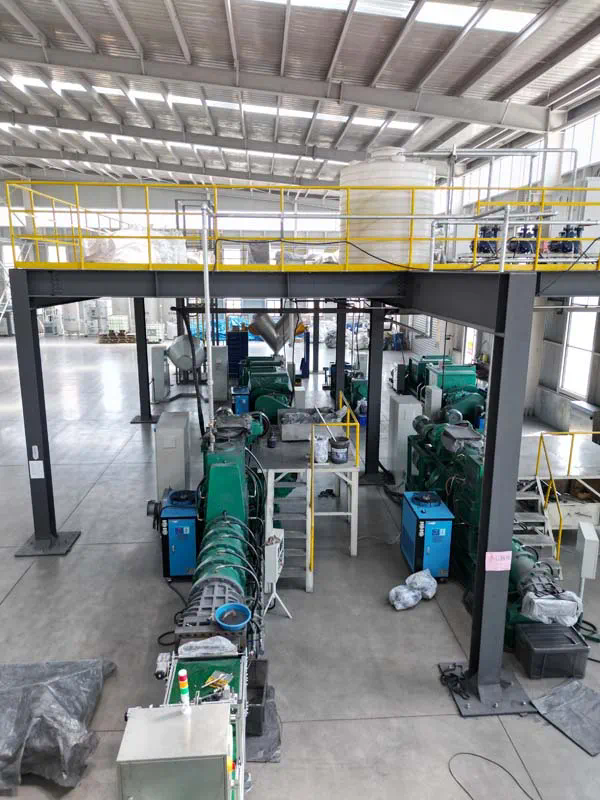
The ongoing research and development in silicon carbide technology promise further advancements in high-temperature furnace materials:
1. Enhanced Material Purity
Advances in manufacturing techniques aim to reduce impurities in silicon carbide, enhancing its chemical purity and mechanical properties. This improvement macrocosmmaterial is crucial for applications demanding high reliability and performance.
2. Integration of Nanomaterials
The integration of silicon carbide nanoparticles and nanotubes into composite materials holds potential for enhancing mechanical strength, thermal conductivity, and resistance to thermal shock. These nanomaterials could redefine the capabilities of high-temperature furnace components.
3. Expansion into New Industries
As silicon carbide technology matures, its adoption is expanding beyond traditional industries into emerging sectors such as renewable energy and aerospace. These new applications leverage silicon carbide’s unique properties to achieve energy efficiency and operational reliability.
In conclusion, silicon carbide stands at the forefront of materials innovation for high-temperature furnace applications, driven by its exceptional thermal properties, mechanical strength, and chemical stability. As industries demand higher performance and efficiency from their thermal processing equipment, silicon carbide continues to prove its worth as a versatile and indispensable material. The ongoing research and development efforts Understanding the Chemical Stability of Silicon Carbide Special Ceramics ensure that silicon carbide will play a pivotal role in shaping the future of high-temperature furnace technology.

